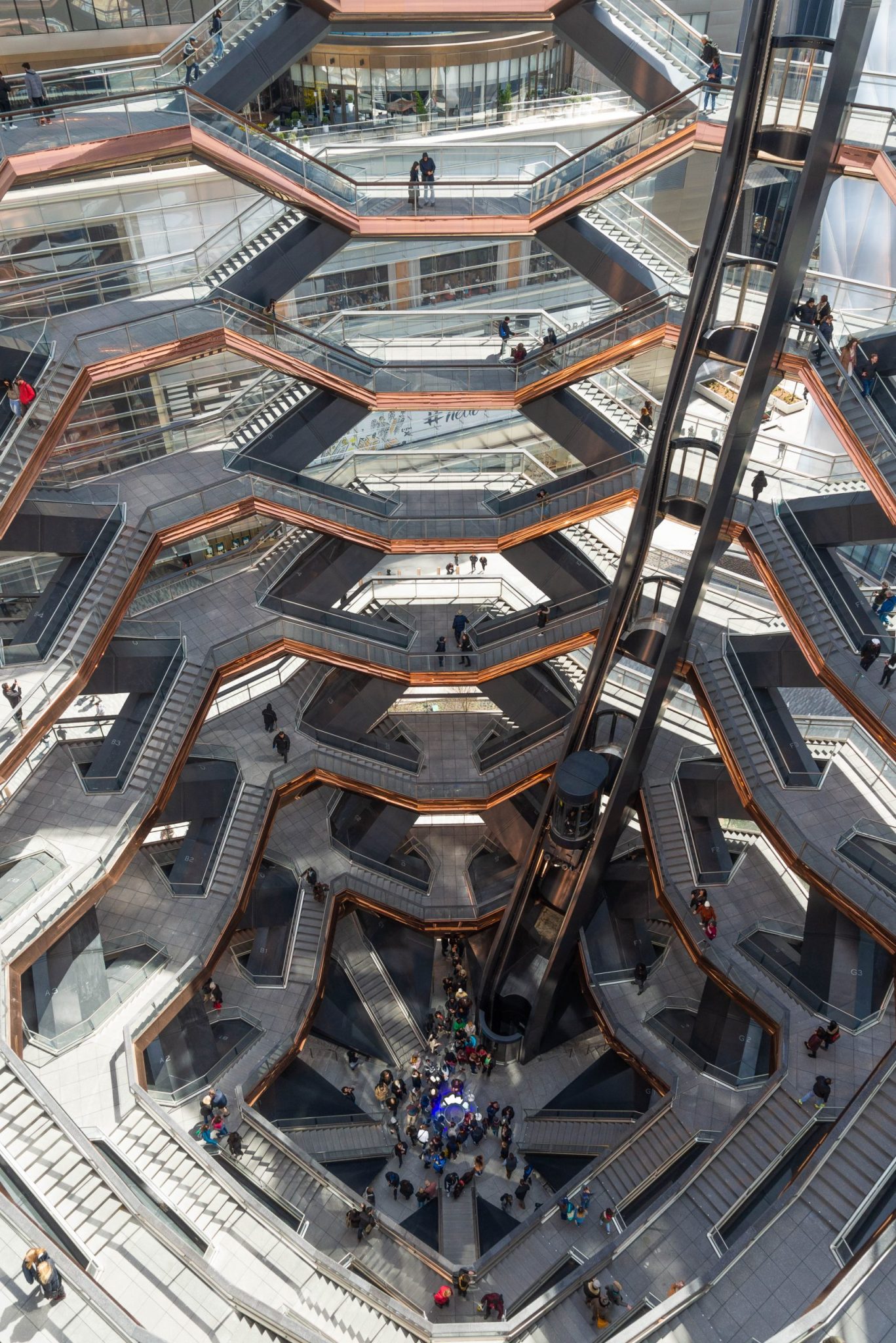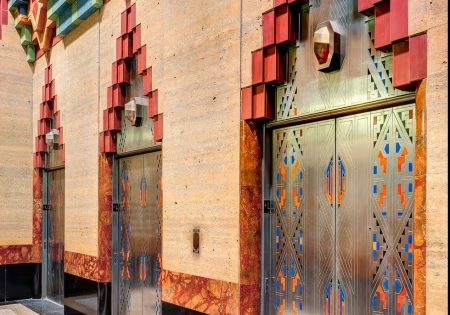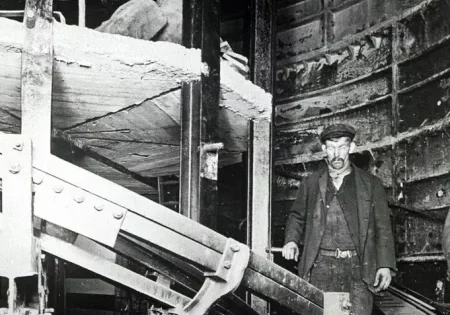
Building owners and designers may not always think first about accessibility issues, but the Americans With Disabilities Act (ADA) has been the law of the land for 30 years now, so there’s little excuse for a building being out of compliance. Some may think that simply adding an elevator will circumvent legal problems, but as any vertical-transportation manufacturer, consultant or contractor will tell you, the elevator itself has to meet minimum standards to be within the law. Need a ballpark idea of what’s involved? The folks at interior+sources have stepped up to offer some of the ADA’s elevator basics. The online magazine’s January 9, 2020, article opens by noting which kinds of buildings are exempt, but they fall within a fairly narrow set of circumstances. Assuming your building isn’t exempt, the requirements state that:

- The elevator must be easily accessible in a public space (instead of, for example, a cramped hallway)
- Doors must remain fully open for at least three seconds
- Call buttons are a minimum of 0.75 inches in diameter
- Button heights must be centered 42 inches from the floor
- Car must be at least 51 inches deep and at least 68 inches wide
- Door width must be at least 36 inches
- Braille must be below or next to floor numbers on the control panel
- Automatic verbal announcement of stop or non-verbal audible signal of passed floors and stops must be used
- Two-way communication must be available in elevator cabs that deaf/blind users can use
- Emergency controls must be grouped at the bottom of the elevator control panel and have their centerlines no less than 35 inches above the finish floor
This is just the start, however. For more information, you should visit the government website that lists the ADA standards.
By coincidence, one of the most high-profile projects in the U.S. — Hudson Yards, in NYC — is at the center of an ADA complaint, a number of news sources, including Curbed New York, reported in December 2019. At issue is access to the many viewing platforms of Vessel, an interactive sculpture within the megadevelopment. Though an innovative and highly complex elevator system was installed (an ELEVATOR WORLD Project of the Year 2020 winner, featured in EW’s January 2020 issue) federal prosecutors said it was inadequate under the standards set by the ADA. The remedy worked out between the government and the developer entails the installation of a platform lift (possibly two of them) and other measures.
Get more of Elevator World. Sign up for our free e-newsletter.










